
DEEP INTO THE COMMUNITY
Black Diamond Athlete Angela Hawse is a guide for change.
Add $99.00 more to quality for free Shipping!
$0.00 USD
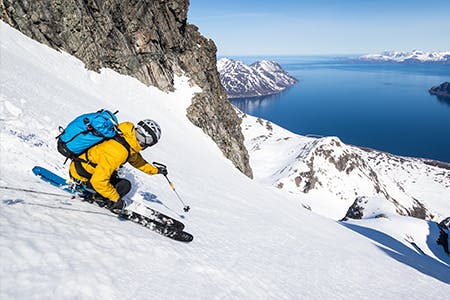
Snow is not just a white, cold blanket of fluffy material laying on top of the ground. It’s very much comparable to living creatures as it’s changing constantly after its birth in the atmosphere. I’ve lived with the snow every winter since my childhood and the older I get the more I respect this sleeping white lion. On a good day it brings us smiles and memories for life, but when it’s having a bad day, it has the potential to destroy everything valuable to us in a matter of seconds.
In a perfect world we would be able to know snow so well in every condition that we could be 100% certain in making our decisions when moving in the snow-covered mountains. We could make calculations about current snow conditions like mathematicians and then get an exact equation that would tell us if it is safe to enter a snowy slope or not. This is easy to dream since we humans like to get easy and exact answers about things that can influence our life.

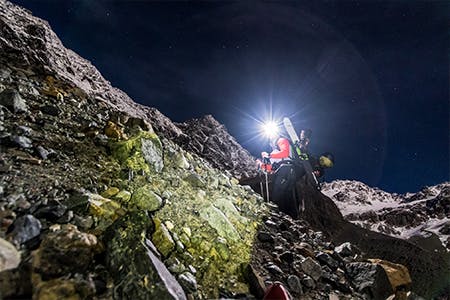
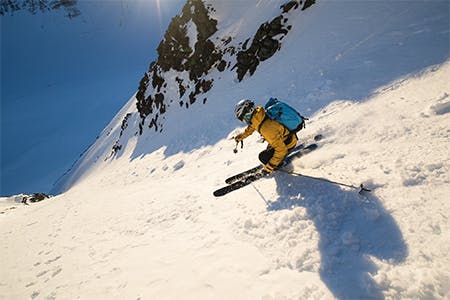





Follow BD Athlete Yannick Glatthard deep into the Swiss Alps as he shares his home...
Follow BD Athlete Yannick Glatthard deep into the Swiss Alps as he shares his home mountains with close friends.

Follow Dorian Densmore and Mya Akins for another winter season of steep Alaskan spines, backyard...
Follow Dorian Densmore and Mya Akins for another winter season of steep Alaskan spines, backyard couloirs, and deep adventures in the mountains.
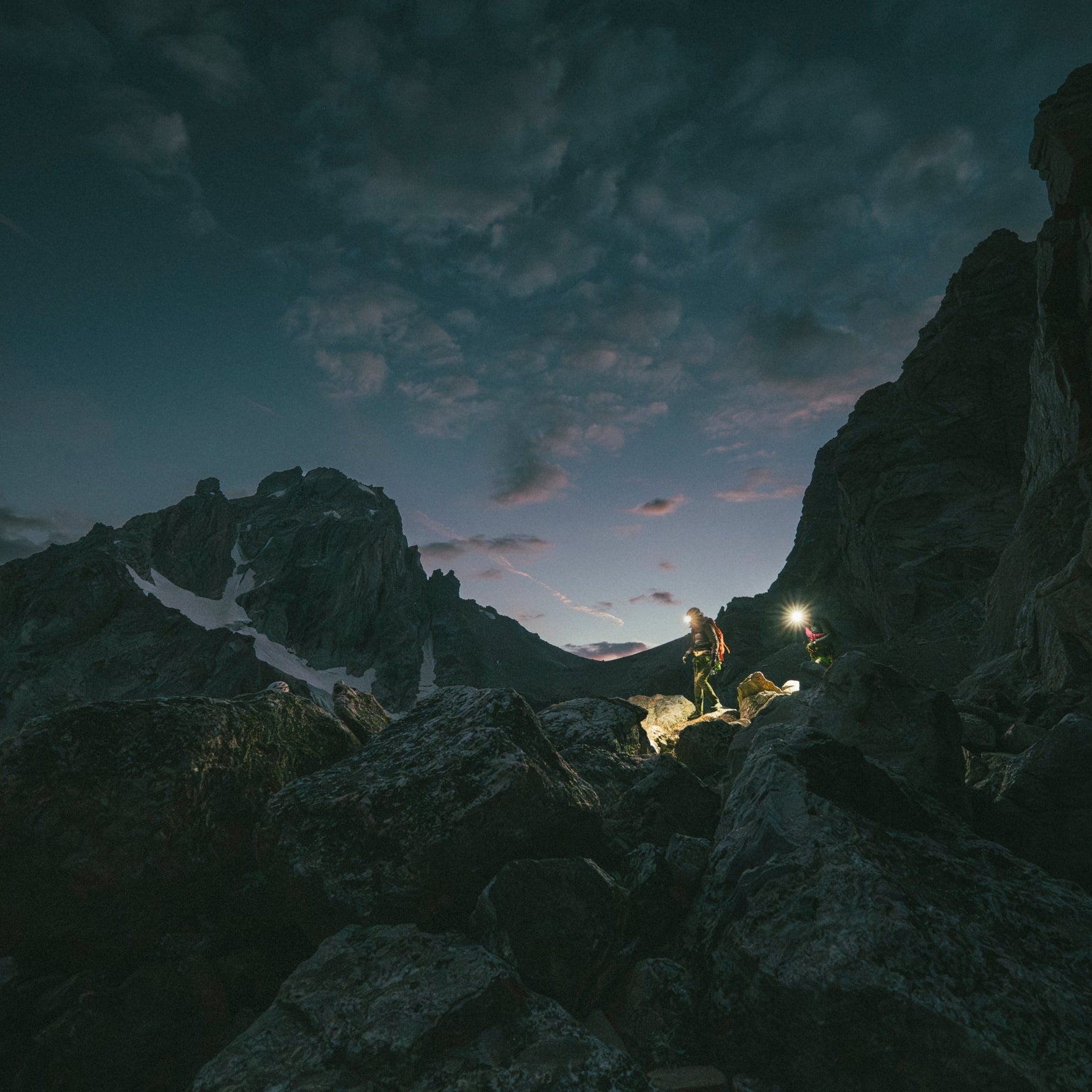
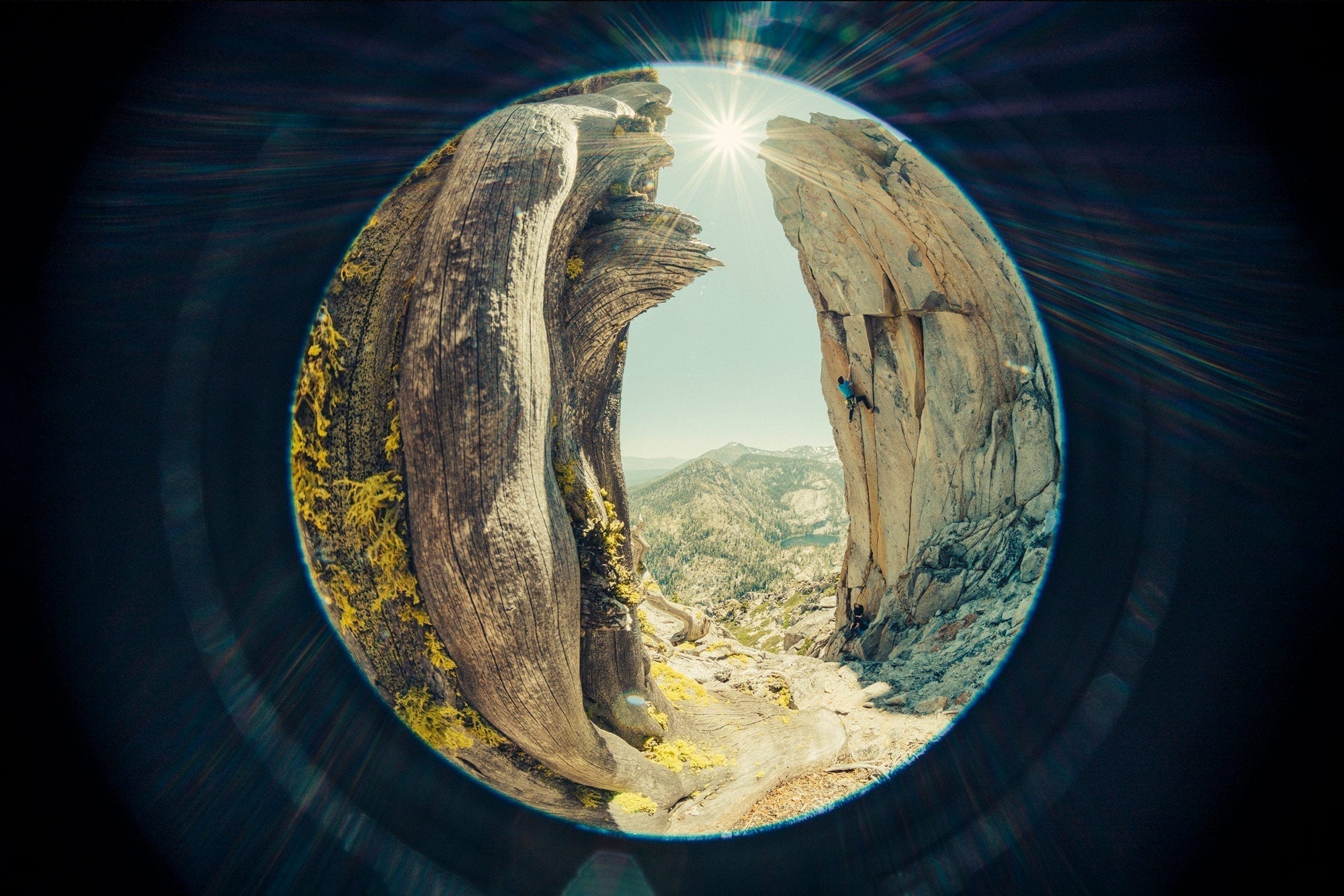
Watch BD Athlete Alex Honnold throw down on some hard trad high above Tahoe.
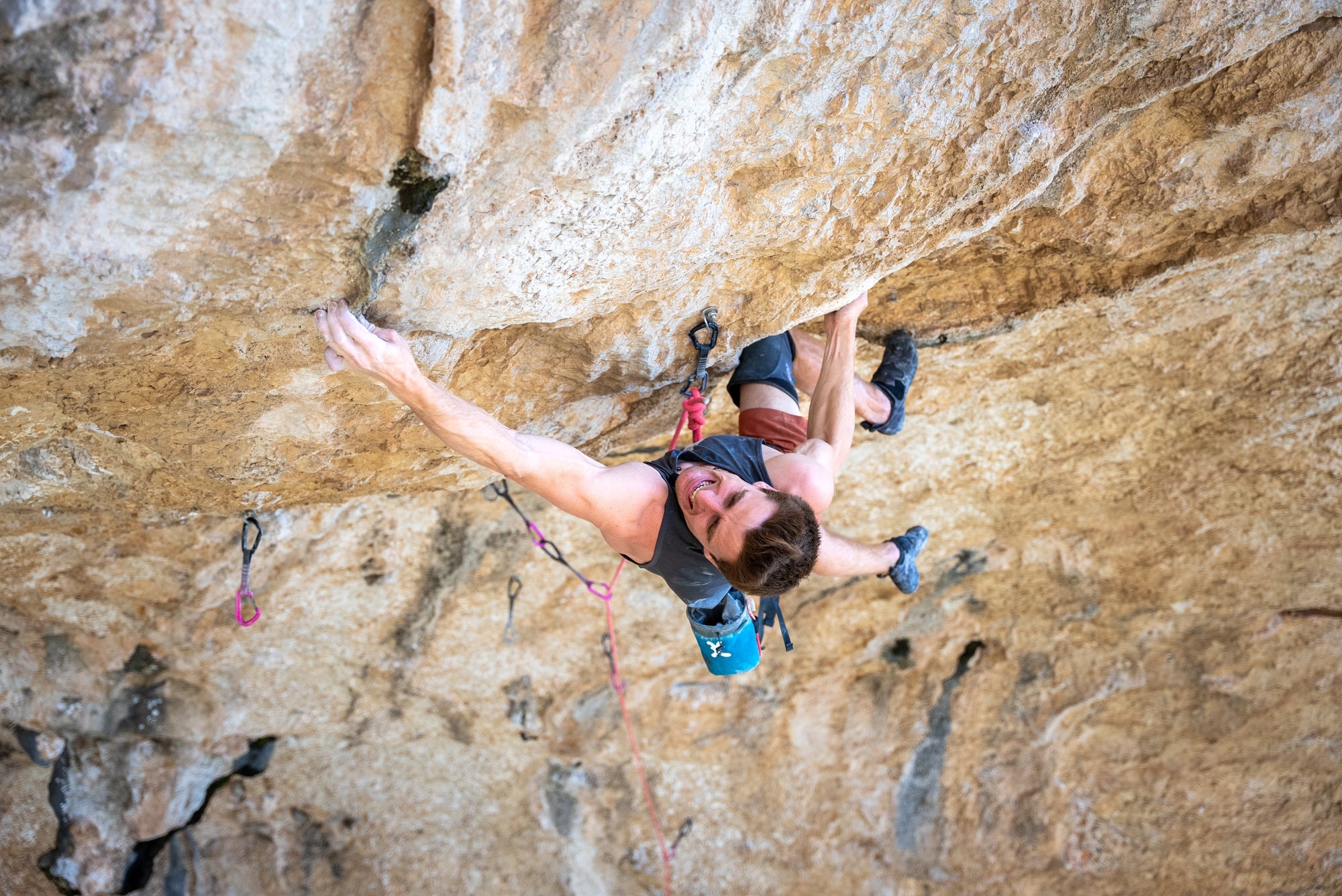
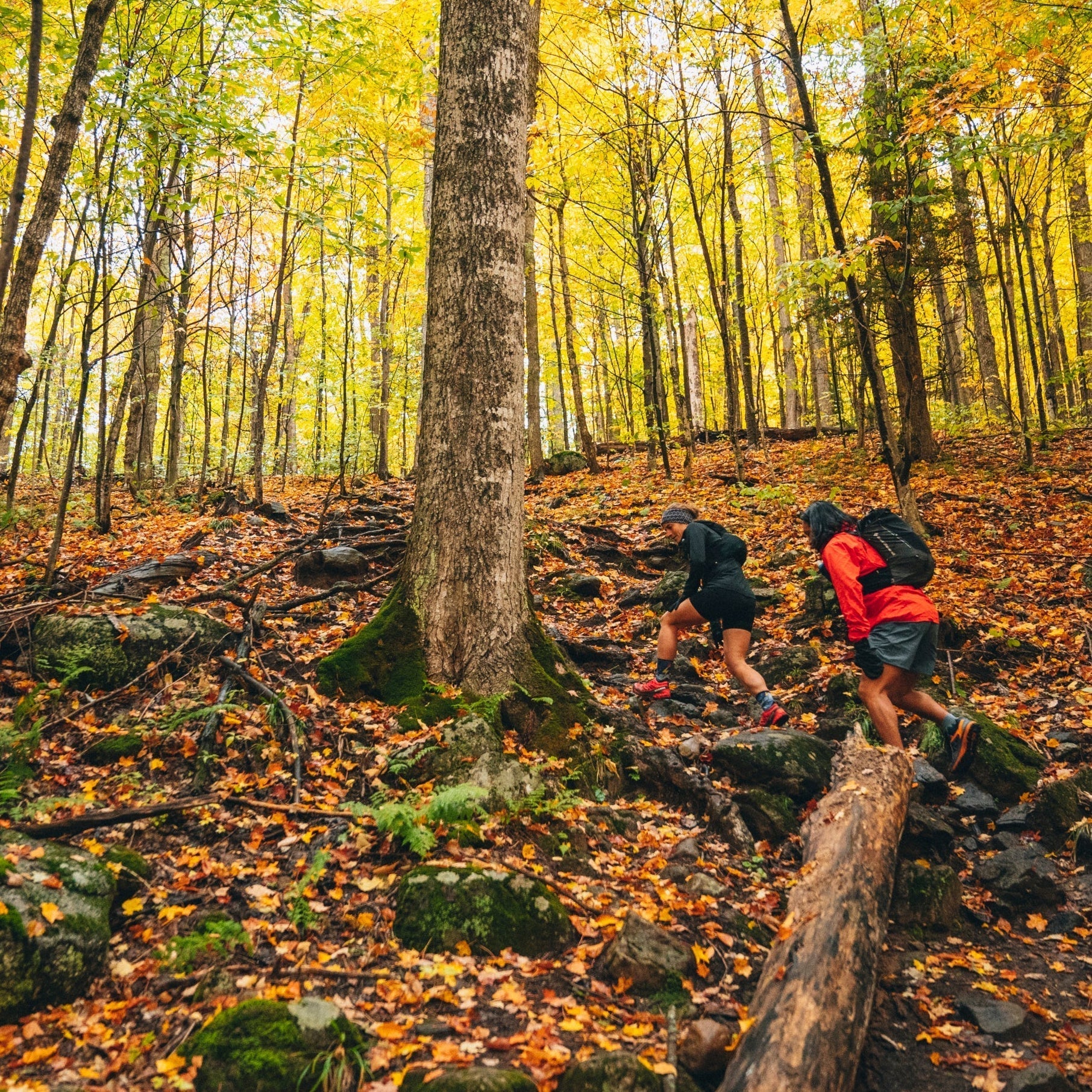
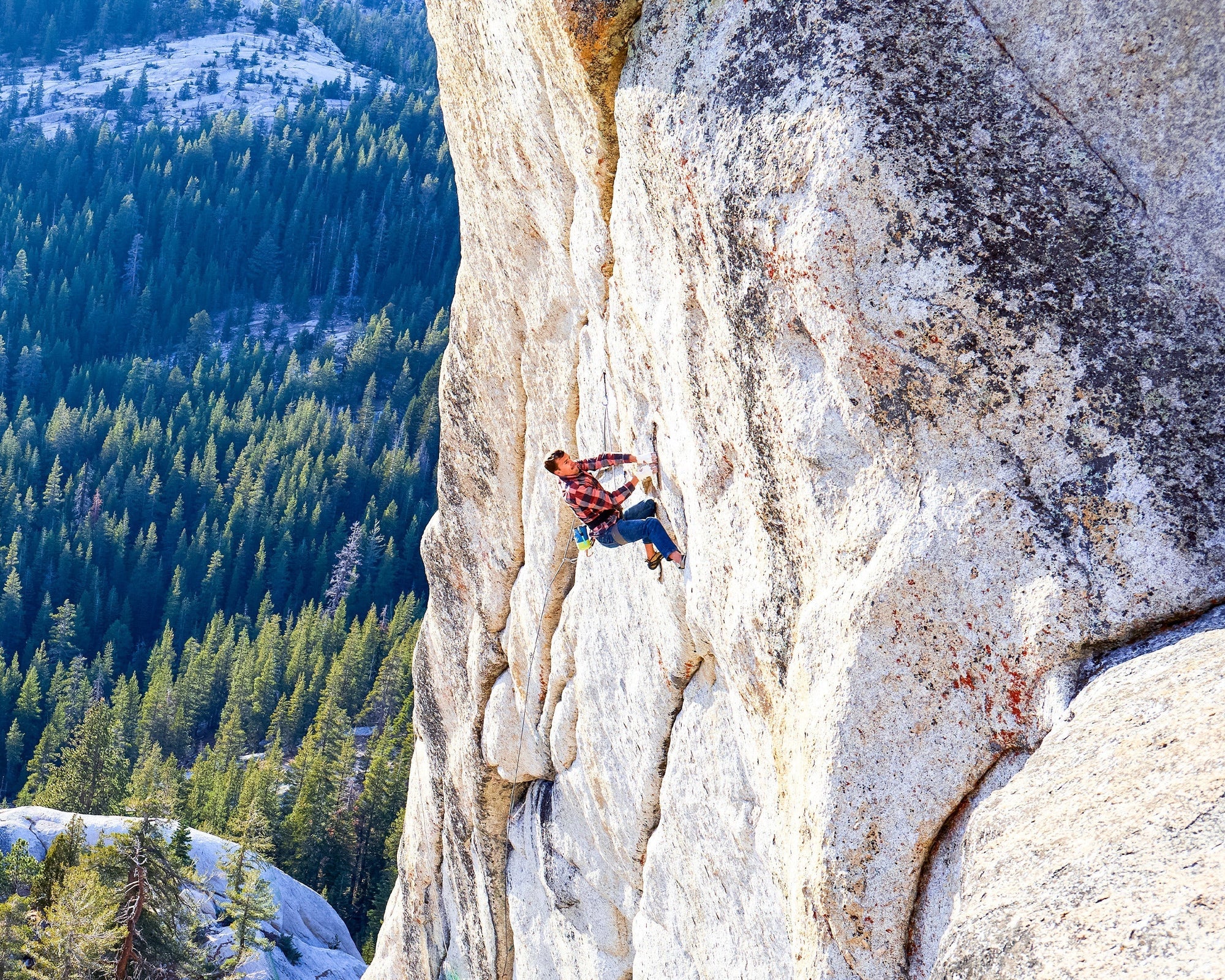
In 2012, filmmaker and photographer Ben Ditto, and professional climber Mason Earle equipped an immaculate...
In 2012, filmmaker and photographer Ben Ditto, and professional climber Mason Earle equipped an immaculate line in Tuolumne’s high country. But their attempts to free the route were thwarted when Mason’s life changed drastically. With the help of Connor Herson, Ditto and Mason found a way to keep the dream alive.
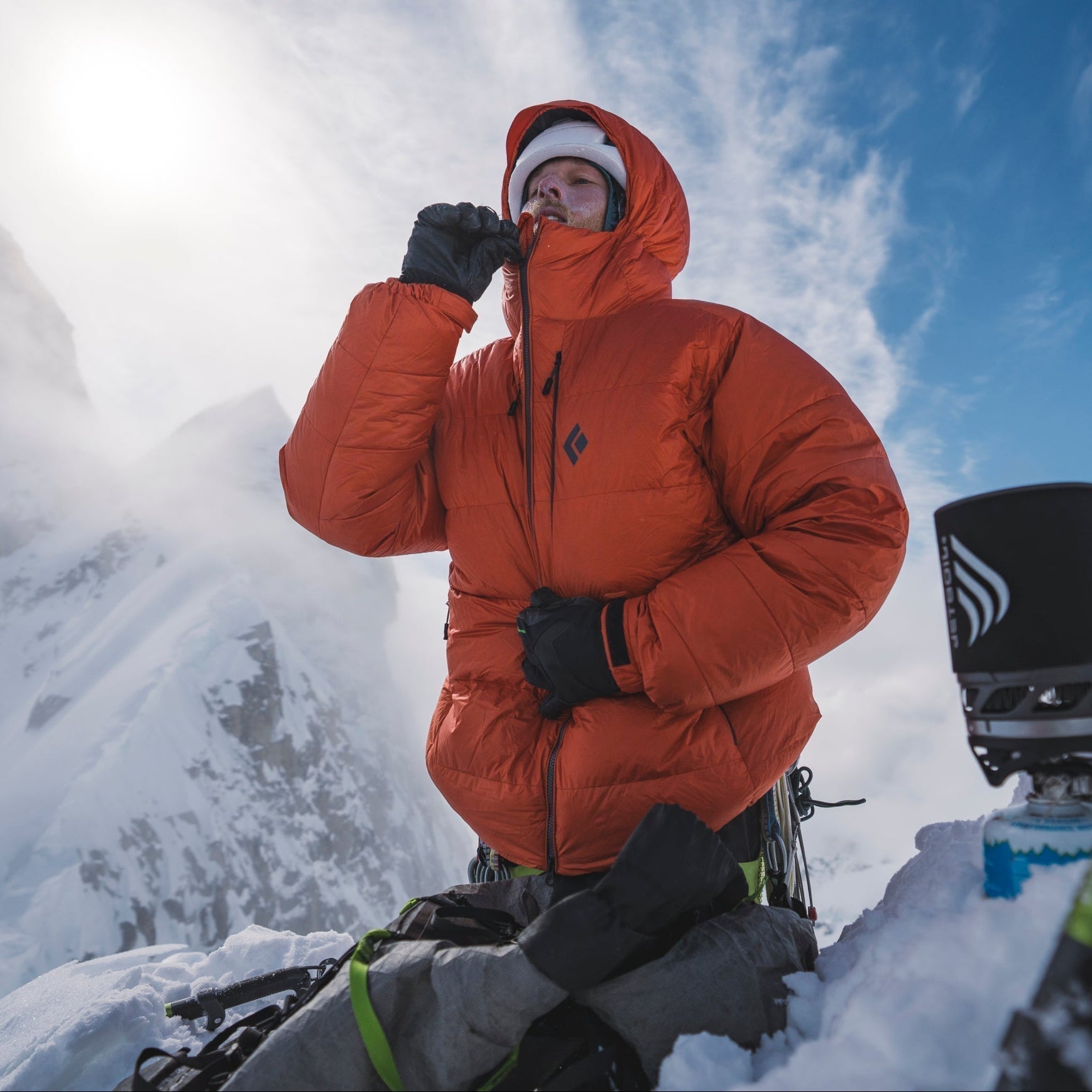
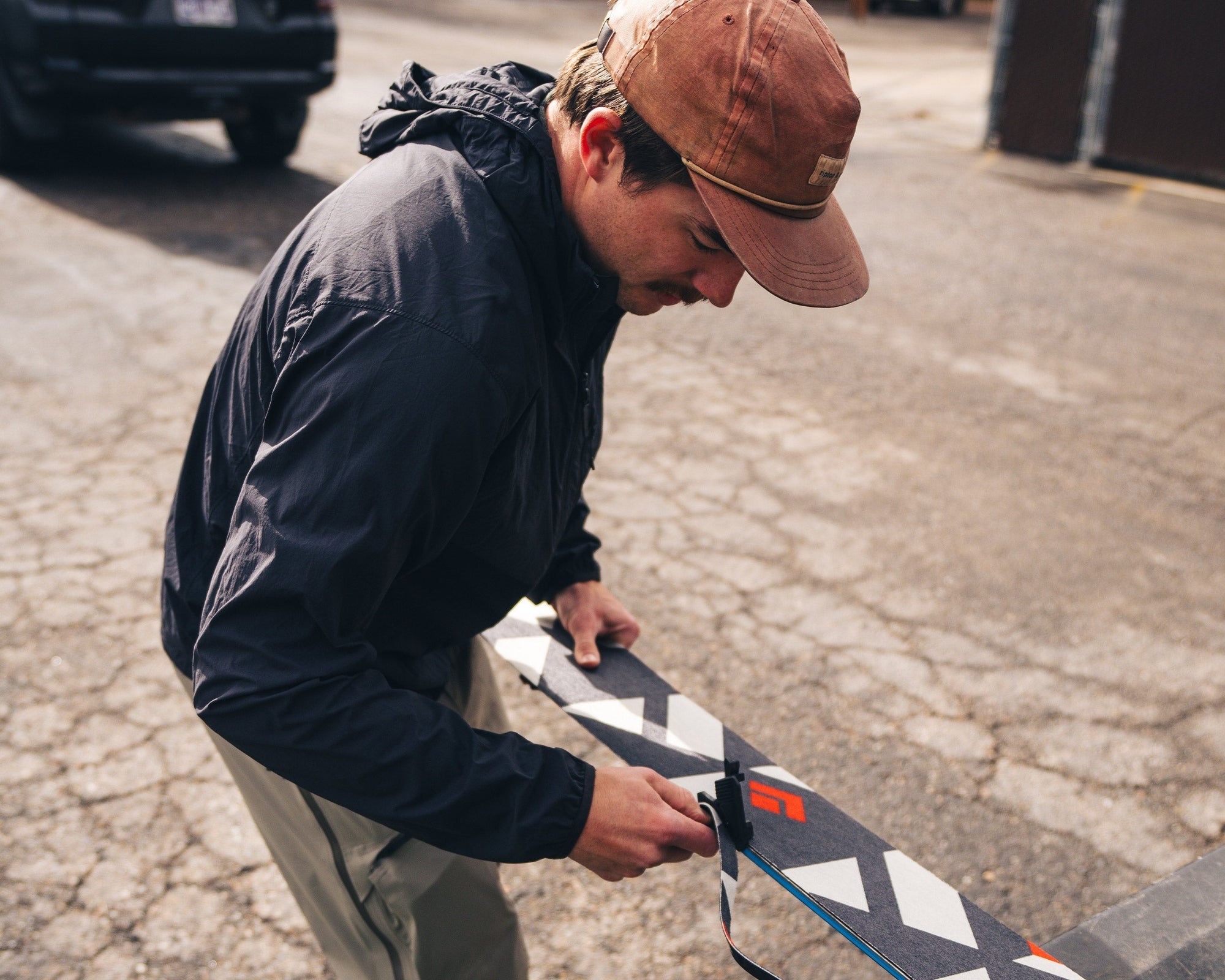
Watch and learn as our Field Test Coordinator runs you through a step by step...
Watch and learn as our Field Test Coordinator runs you through a step by step process of trimming and setting up any STS-style Black Diamond skin.


Every climber has a few lines they dream about. Whether inspired or haunted—or sometimes both—these...
Every climber has a few lines they dream about. Whether inspired or haunted—or sometimes both—these lines can push us beyond what we thought we were capable of, in turn teaching us who we really are. BD Ambassador Ethan Salvo recently restructured his entire life to focus on two climbs that pulled him into the void with only one way out … getting to the top. This is his story of sending Dreamcatcher and becoming the first Canadian to climb V16 in the same week.
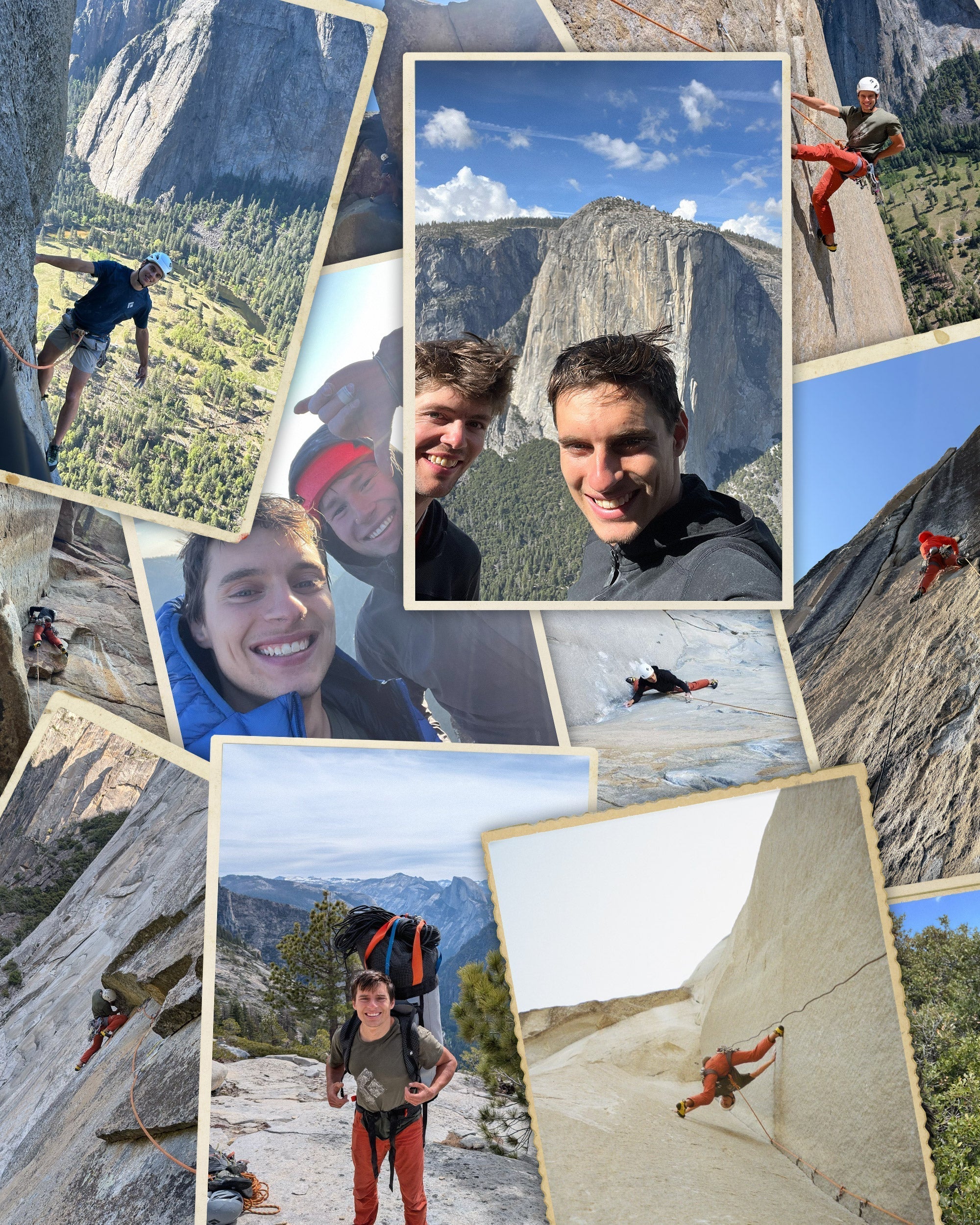
BD Athlete Connor Herson spent as many weekends as possible in the Valley this spring...
BD Athlete Connor Herson spent as many weekends as possible in the Valley this spring during a grueling quarter at Stanford. The objective? Ground up, in-a-day ascents.
